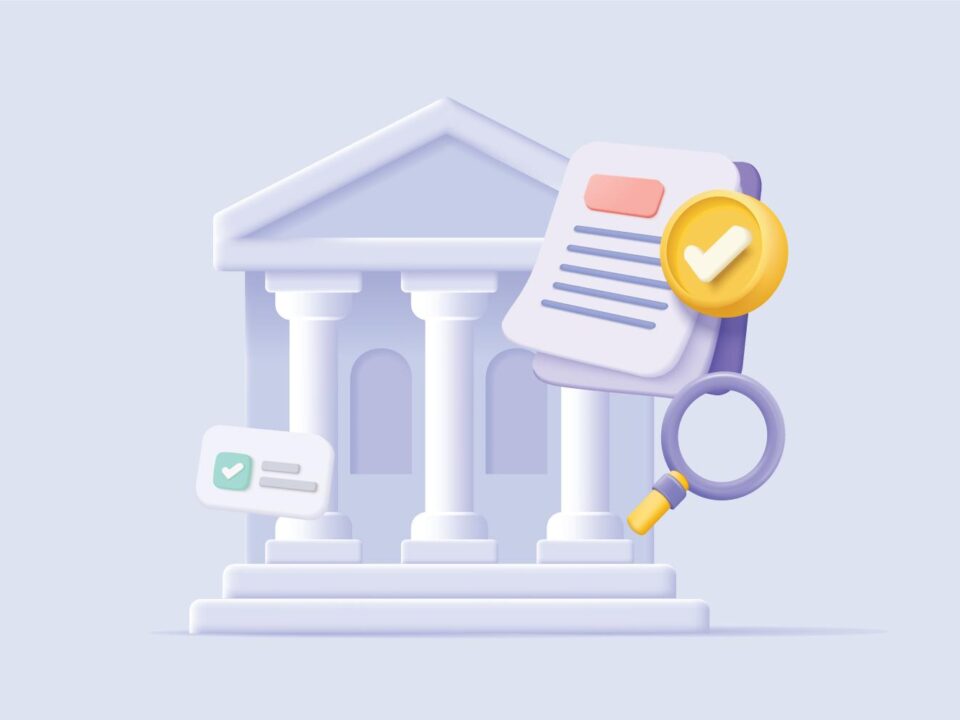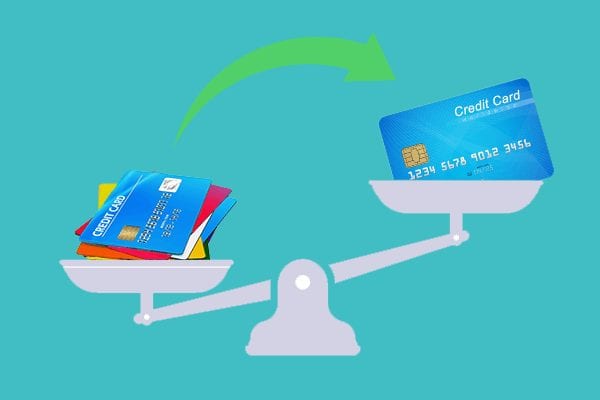Securing a business loan can be one of the most important steps in building, scaling, or stabilizing a company. For American entrepreneurs, navigating the world of business financing requires strategy, preparation, and an understanding of how lenders evaluate risk. A well-executed business loan strategy does not just secure funding—it sets the foundation for long-term growth, profitability, and resilience.
In this comprehensive guide, we will explore effective business loan strategies for entrepreneurs in the United States, covering the types of business loans, eligibility requirements, planning tips, common challenges, and real-world applications. Whether you are launching a startup or expanding an established enterprise, these strategies will help you secure favorable financing while maintaining financial control.
Why Business Loan Strategies Matter for U.S. Entrepreneurs
For American entrepreneurs, funding decisions can make or break a venture. A lack of capital is one of the top reasons startups fail, while effective access to business loans allows entrepreneurs to:
- Invest in new equipment, technology, or staff.
- Manage cash flow during downturns.
- Expand into new markets or locations.
- Build credit for future financing needs.
- Increase competitiveness against larger players.
However, not every loan is a good loan. Entrepreneurs who pursue financing without a strategy may wind up with high interest rates, restrictive repayment schedules, or even debt that stifles growth. Proper loan strategies ensure that borrowed funds produce returns that outweigh borrowing costs.
Types of Business Loans Available to U.S. Entrepreneurs
Entrepreneurs should begin by understanding the financing products available to them. Each loan type serves different purposes, and a winning strategy involves aligning the right loan with the right need.
- Term Loans: Fixed lump-sum loans repaid over monthly installments. Best for long-term investments like equipment or business expansion.
- SBA Loans (Small Business Administration Loans): Government-backed loans with favorable rates and longer repayment terms, ideal for small businesses lacking collateral or strong credit history.
- Business Lines of Credit: Revolving credit that allows entrepreneurs to draw and repay funds as needed. Useful for managing unpredictable cash flow.
- Equipment Financing: Loans specifically for purchasing machinery, vehicles, or technology. The asset itself often serves as collateral.
- Invoice Financing / Factoring: Lets businesses borrow against outstanding invoices to improve working capital.
- Merchant Cash Advances: High-cost but fast funding tied to future sales. Should be used sparingly and strategically.
- Commercial Real Estate Loans: For purchasing or renovating property to grow operations.
Understanding the loan landscape is the first strategic step. Entrepreneurs must assess which loan type matches their growth stage, revenue cycle, and repayment capacity.
Building a Loan-Ready Business Profile
Lenders look for stability, repayment ability, and financial responsibility. To improve approval chances, American entrepreneurs should strengthen their loan profiles in the following ways:
- Improve Credit Scores: Both personal and business credit scores affect loan eligibility. Aim for a personal credit score above 680 and build business credit through vendor accounts and responsible borrowing.
- Prepare Financial Statements: Up-to-date balance sheets, cash flow statements, and income statements build credibility with lenders.
- Develop a Solid Business Plan: A detailed plan with realistic projections reassures lenders of repayment ability.
- Show Consistent Revenue: Businesses with stable revenue streams have better access to lower-interest loans.
- Demonstrate Collateral and Guarantees: Offering personal or business assets can increase approval likelihood.
A strong loan profile reduces perceived risk and positions entrepreneurs for more favorable loan terms.
Strategic Planning Before Borrowing
Borrowing should never be impulsive. Entrepreneurs must align loans with measurable growth goals. Some strategies include:
- Calculate Loan-to-Value Ratios: Ensure that the returns from a loan (e.g., expansion revenue) exceed the total interest and costs.
- Leverage SBA Programs: Entrepreneurs who qualify for SBA-backed financing often secure lower interest rates than with traditional loans.
- Borrow for Growth, Not Survival: A loan used for revenue-generating activities (new product lines, store expansion) is more sustainable than loans taken just to cover losses.
- Match Loan Duration to Purpose: Short-term loans should fund short-term needs like inventory purchases, while long-term debts are better suited to real estate or large equipment.
These steps prevent entrepreneurs from overleveraging or falling into debt cycles.
Best Practices for Loan Applications
Securing approval depends not only on financial factors but also presentation. Entrepreneurs can enhance their chances by:
- Applying to the Right Lenders: Community banks, online lenders, and credit unions may be better suited than big banks depending on business size.
- Prequalifying Before Applying: Many lenders allow soft credit checks to estimate terms before committing to a full application.
- Seeking Multiple Offers: Comparing different lenders ensures entrepreneurs find the most competitive terms.
- Negotiating Terms: Interest rates, fees, and repayment structures may be negotiable, particularly with relationship-based banks.
- Documenting Debt Service Coverage Ratio (DSCR): Lenders often check DSCR (Net Operating Income ÷ Debt Obligations). A DSCR above 1.25 is generally favorable.
Strategic preparation leads to higher approval odds and better loan conditions.
Common Mistakes to Avoid in Business Loan Strategies
Entrepreneurs often stumble because of preventable missteps. Avoiding these pitfalls saves time and money:
- Borrowing too much or too little.
- Applying without a business plan.
- Taking high-cost merchant advances as a first resort.
- Mixing personal and business finances.
- Ignoring alternative lending platforms.
- Missing repayment deadlines, which damages both credit and lender trust.
A cautious, informed approach is always more effective than desperation-driven borrowing.
Alternative Financing Strategies Beyond Traditional Loans
Not all entrepreneurs need standard bank loans. Alternative financing can fill gaps:
- Crowdfunding (Equity and Reward-Based): Platforms like Kickstarter or Republic allow entrepreneurs to raise money from communities or investors.
- Angel Investors and Venture Capital: Instead of debt, entrepreneurs raise equity by offering ownership stakes.
- Peer-to-Peer Lending: Online peer marketplaces can offer lower rates than conventional lenders.
- Revenue-Based Financing: Repayments fluctuate with monthly sales, avoiding fixed debt obligations.
Many American entrepreneurs use hybrid strategies, combining equity funding for innovation and loans for stable business operations.
Building Long-Term Financing Strategy
Securing one loan should not be the end of an entrepreneur’s financial planning. Instead, treat each financing round as part of a larger roadmap:
- Use smaller loans initially to build creditworthiness.
- Maintain updated financials for future larger loans.
- Refinance loans as business credit improves to lower interest costs.
- Diversify financing sources instead of relying on one lender.
- Develop lasting banking relationships that provide scale-up access.
Over time, this layered strategy allows for bigger, cheaper financing as entrepreneurial ventures expand.
The Role of Technology in Loan Strategies
Digital tools are transforming loan strategies for U.S. entrepreneurs. Key trends include:
- AI-driven credit scoring: Fintech lenders assess business health using real-time sales, payment patterns, and digital accounting.
- Online loan marketplaces: Entrepreneurs can compare lenders instantly.
- Financial tracking software: Tools like QuickBooks or Wave help generate lender-ready reports.
- Automated loan application platforms: Reduce paperwork and improve approval times.
For modern entrepreneurs, integrating technology creates a competitive advantage when applying for loans.
Examples of Smart Loan Strategies in Action
Consider two real-world examples:
- A U.S. retail entrepreneur leveraged an SBA 7(a) loan to expand to a second location. With a well-prepared financial plan and collateral from property, the loan provided low interest and manageable repayments, ultimately doubling revenues in two years.
- A tech startup used a business line of credit to stabilize cash flow during product development while also securing equity funding from angel investors. This dual-strategy approach allowed sustained operations without overleveraging debt.
These cases highlight how combining loan types and setting clear objectives leads to success.
Preparing for Economic Uncertainty
Economic downturns in the U.S. highlight the importance of flexible financing. Entrepreneurs can prepare by:
- Building a financial cushion through low-cost lines of credit.
- Keeping debt-to-equity ratios balanced.
- Monitoring interest rate trends, as Federal Reserve decisions directly impact loan affordability.
- Seeking fixed-rate rather than variable-rate loans during inflationary cycles.
Anticipating economic shifts ensures entrepreneurs do not struggle with unmanageable payments during recessions.
Final Thoughts
For American entrepreneurs, accessing capital is as much about strategy as it is about eligibility. Effective business loan strategies involve preparing a strong loan profile, borrowing with purpose, comparing lender options, and aligning financing with growth objectives. By avoiding common mistakes, leveraging SBA and alternative financing, and adopting technology-driven tools, entrepreneurs can secure funding that truly fuels business success. Entrepreneurship thrives not on capital alone, but on strategic use of that capital. With a disciplined approach to business loans, American entrepreneurs can transform borrowed funds into lasting opportunity, resilience, and growth.




